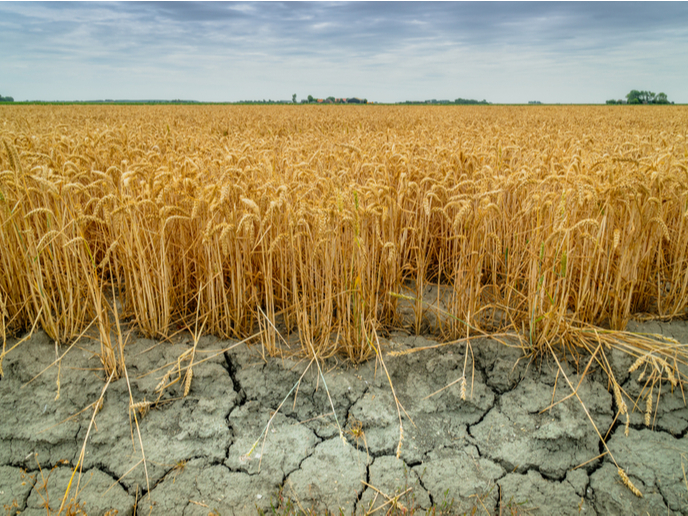Improved seasonal forecasts to optimise crop management
The seasonal prediction of climate-driven impacts on agriculture is still in its infancy. Our inability to accurately forecast seasonal climate variations could have devastating impacts on crop yield as we are unprepared for extreme weather conditions. The EU-funded CLIM4CROP project explored the best way to exploit seasonal forecasts on a global scale for evidence-based crop management decision-making by applying the latest advances in climate and crop sciences. With support from the Marie Skłodowska-Curie Actions programme (MSCA), researchers used climate information, which included the most complete and up-to-date sets of seasonal forecasts. Long-term archives combined with near-real-time data are crucial for monitoring and forecasting crop yields. CLIM4CROP characterised the uncertainties in global data sets of climate observations from the last three decades. “We also developed statistical models to better understand the relationship between climate and crop yields and to investigate the seasonal predictability of crop yields,” says MSCA research fellow Marco Turco from the Barcelona Supercomputing Center.
New monitoring tool
Scientists first evaluated the quality of long-term and continuous climate data by considering the Standardised Precipitation Index (SPI). Worldwide, SPI is a commonly used indicator for characterising drought over a range of timescales. Over short timescales, the SPI is closely related to soil moisture. At longer timescales, the SPI can be used to estimate groundwater and reservoir storage. This index can also be compared across regions with markedly different climates. Researchers also created the DROught Probabilistic (DROP) data set to monitor drought via a probabilistic approach. This climate monitoring tool uses an ensemble of observations to obtain the best estimate of precipitation together with its associated uncertainty. DROP is inspired by the multi-model approach in weather and climate prediction and offers complementary information to enhance existing climate data sets. “With DROP we first evaluated the quality of long-term and continuous climate data for timely meteorological drought monitoring,” explains Turco. “Then, by applying an ensemble approach, mimicking weather and climate prediction methodologies, we developed DROP as a new global land gridded data set in which an ensemble of observation-based data sets is used to obtain the best near-real-time estimate together with its associated uncertainty.”
Better crop management
The DROP data set was published in the Bulletin of the American Meteorological Society (BAMS). The data set represented values taken from a set of grid points for drought monitoring and is invaluable for both the scientific community and the public. “This new data set will improve understanding of the interaction between climate and crop yields, and new insights allowing more efficient crop management, thereby helping policymakers and commercial entities by allowing timely global policy decisions on adaptation priorities and helping alleviate drought impacts, especially in countries where meteorological monitoring is still challenging,” remarks Turco. It is hoped that the high-quality and probabilistic information provided by DROP will be useful for monitoring applications and can serve as a reference for calibrating and validating climate-crop models. It can also be used to develop an integrated climate crop model that combines empirical crop models with climate seasonal forecasts while accounting for the observational uncertainty. “The quantification of the uncertainties in drought monitoring for agricultural purposes is crucial for translating data into actionable information. Hence, CLIM4CROP can provide the essential accurate and timely drought information needed to move from post-disaster to pre-impact drought risk management,” Turco concludes.
Keywords
CLIM4CROP, data set, monitoring, seasonal forecast, DROught Probabilistic (DROP), Standardised Precipitation Index (SPI), climate change, gridded data set



